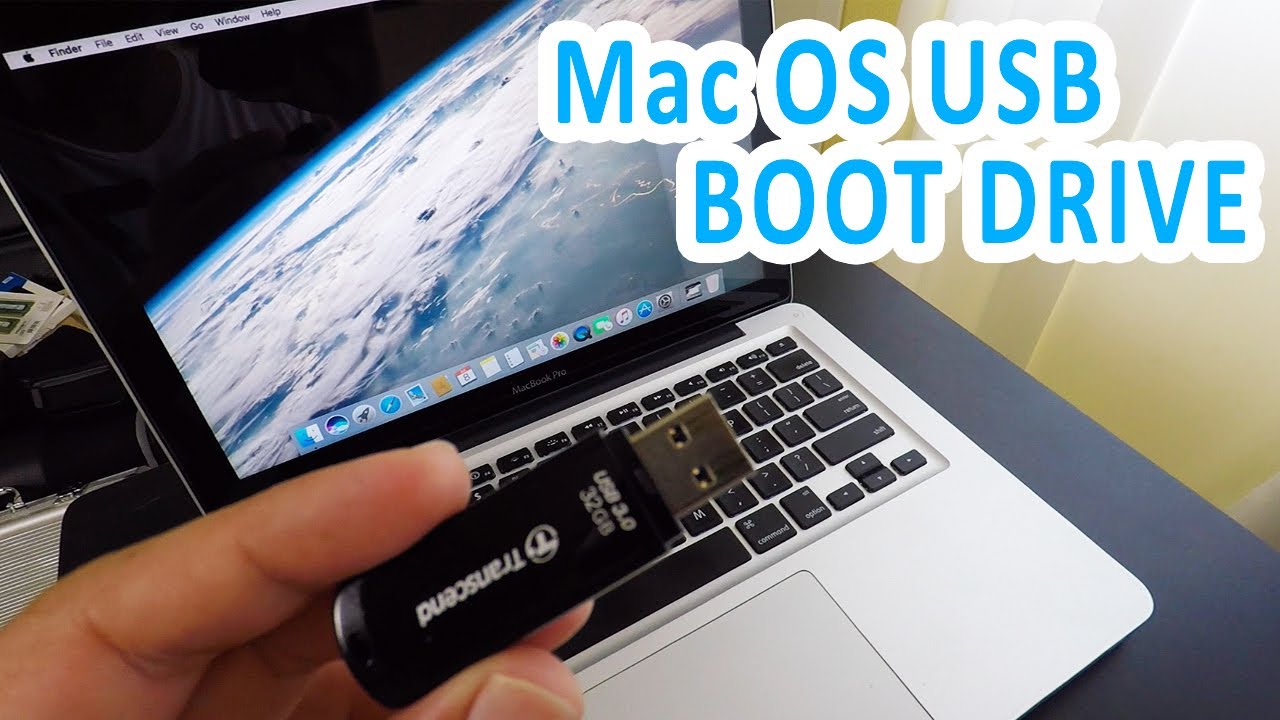
- #Making bootable usb for iso mac os how to
- #Making bootable usb for iso mac os install
- #Making bootable usb for iso mac os drivers
- #Making bootable usb for iso mac os update
You can do this using MacOS Spotlight by pressing both the ⌘ and Space bar at the same time, then typing "terminal" and hitting enter.ĭon't be intimidated by the command line interface. I bought a 32 gigabyte USB drive at Walmart for only $3, so this shouldn't be very expensive. The ISO file is only about 5 gigabytes, but I recommend you use a USB drive with at least 16 gigabytes of space just in case Windows needs more space during the installation process.

Step 2: Insert your USB storage drive into your Mac
#Making bootable usb for iso mac os update
If you want a non-English-language version of Windows, or want to get an older update version, download the ISO here instead. If you're not sure, go with the 32-bit version to be safe. If you have a relatively new computer, you probably want the 64-bit version. If you want an English-language version of the latest update of Windows 10, you can download the ISO here. That's right - everything we're going to do here is 100% legal and sanctioned by Microsoft. You can download the ISO file straight from Windows. In this tutorial we'll show you how you can set this up from a Mac.
#Making bootable usb for iso mac os install
Luckily, Microsoft makes a tool that you can use to install Windows from a USB storage drive (or "thumbdrive" as they are often called).īut what if you don't have a second PC for setting up that USB storage drive in the first place? So it can be a pain to install Windows on a new computer. Use of livecd-iso-to-disk on any distribution other than Fedora is unsupported and not expected to work: please use an alternative method, such as Fedora Media Writer.Most new PCs don't come with DVD drives anymore. Even if it happens to run and write a stick apparently successfully from some other distribution, the stick may well fail to boot. Livecd-iso-to-disk is not meant to be run from a non-Fedora system. livecd-iso-to-disk on other Linux distributions If your test boot reports a corrupted boot sector, or you get the message MBR appears to be blank., you need to install or reset the master boot record (MBR), by passing -reset-mbr when writing the stick. If you get this message from fdisk, you may need to reformat the flash drive when writing the image, by passing -format when writing the stick. Partition has different physical/logical endings If you get the message Need to have a filesystem label or UUID for your USB device, you need to label the partition: dosfslabel /dev/sdX LIVE. Information: Don't forget to update /etc/fstab, if necessary. Number Start End Size Type File system Flagsġ 32.3kB 1062MB 1062MB primary fat16 boot Sector size (logical/physical): 512B/512B Welcome to GNU Parted! Type 'help' to view a list of commands.

#Making bootable usb for iso mac os drivers
#Making bootable usb for iso mac os how to



 0 kommentar(er)
0 kommentar(er)
